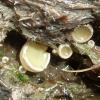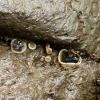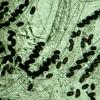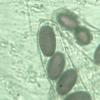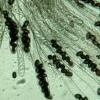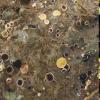
17-09-2025 10:50
Heather MerryleesHi there!I am hoping for any advice on the identif

27-11-2025 11:46
Thomas Læssøehttps://svampe.databasen.org/observations/10493918

29-11-2025 08:40
 Andreas Millinger
Andreas Millinger
Hello,on a splintered part of a branch on the grou

28-11-2025 16:45
Nogueira HéctorNovember 23, 2025 Requejo de Sanabria (León) SPAI

25-11-2025 14:24
Thomas Læssøehttps://svampe.databasen.org/observations/10490522

27-11-2025 15:41
Thomas LæssøeSpores brownish, typically 4-celled; 26.8 x 2.4;

27-11-2025 12:01
Thomas Læssøehttps://svampe.databasen.org/observations/10496727

27-11-2025 11:31
Thomas LæssøeCollectors notes: Immersed ascomata, erumpent thro

23-09-2025 13:31
Thomas Læssøehttps://svampe.databasen.org/observations/10534623

26-11-2025 18:13
The entire run of Mycotaxon is now available throu

I remember a big Ascobolus that I once found on horse dung in my garden. It was identified as A. scatigenus, but I never saw it again.
Here is the photo, and one from Panama by M. Piepenbring (left one) which I think might be the same species.
But it can well be that there exist several similar such species.
Zotto

http://www.youtube.com/watch?v=ZvfVRfK83Oo?
Malcolm

It may well be Ascobolus scatigenus. There are hardly any other Ascoboli reaching that size. I've seen it quite frequently on horse dung in Australia. It seems to prefer the tropics or at least warmer regions. @ Zotto: I don't know of any other German find. What a garden!
Regards, Till

It was dung from our neighbors, who keep horses. Possibly there was some inoculum introduced from the tropics, otherwise I cannot explain. Sometimes I think I have also introduced some fungi into my garden through specimens sent to me. But this Ascobolus was long before Guy made his trips to Australia...
Zotto
